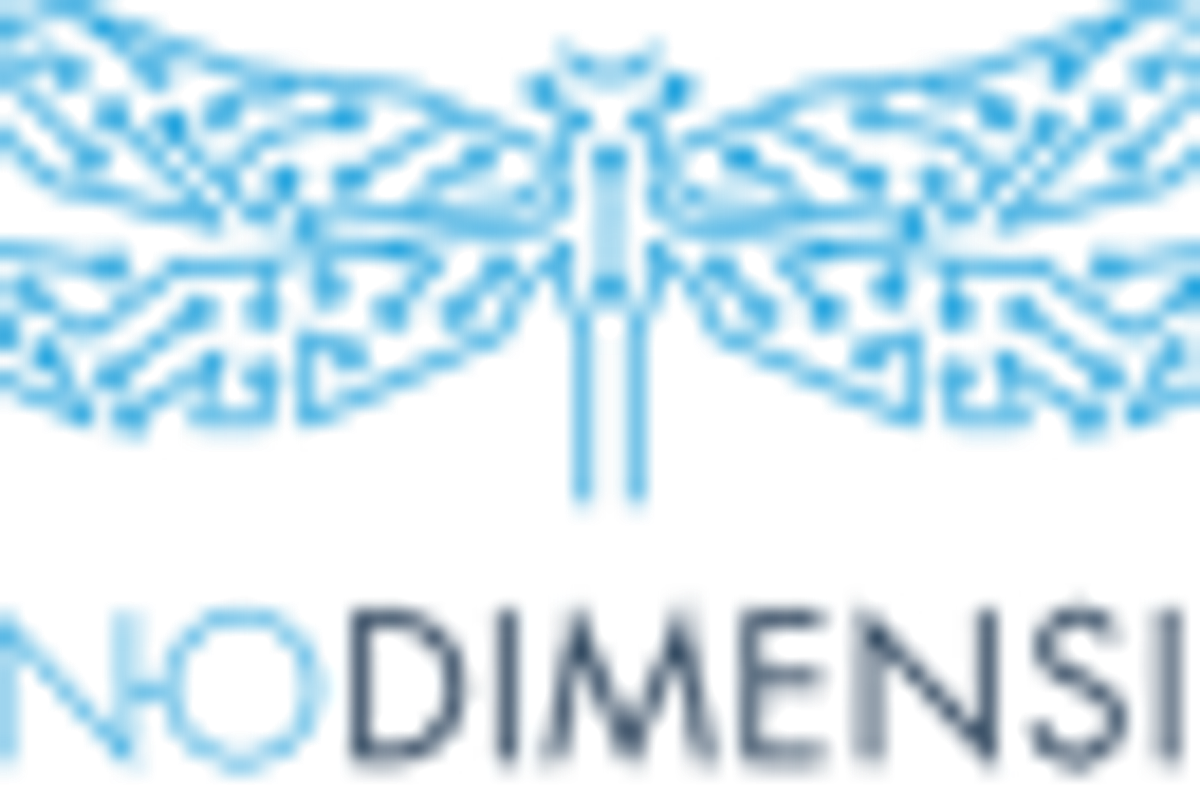Nano Dimension Adds Electricity to Multimaterial 3D Printing

About 30 years ago, 3D printing began as a technology for rapid prototyping, allowing designers, engineers and manufacturers to quickly produce physical mockups of their designs.
About 30 years ago, 3D printing began as a technology for rapid prototyping, allowing designers, engineers and manufacturers to quickly produce physical mockups of their designs. As 3D printing matures, however, it’s growing into a method for actually manufacturing end parts in a wide variety of materials and across industries.
Similarly, Israeli firm Nano Dimension (TASE:NNDM,NASDAQ:NNDM has entered the manufacturing space with a technology capable of rapidly prototyping multilayered printed circuit boards (PCBs). At the moment, although not yet commercially released, the DragonFly 2020 3Dprinter can 3D print PCBs so that engineers and manufacturers can iterate circuit board concepts more quickly and affordably than they would through traditional methods. In the future, however, it’s easy to imagine this technology evolving to 3D print end parts—in this case, fully functional electronic devices.
In an interview with ENGINEERING.com, Simon Fried, CBO of Nano Dimension, spoke as to the company’s technology, where it’s heading and the benefits he sees PCB 3D printing bringing to the manufacturing industry right now.
The DragonFly 2020 jets these two materials layer by layer, beginning with the underside conductive traces and ending with the topside conductors. The result is a functioning circuit board. Once all auxiliary electronics are added, such as transistors and resistors, users can begin testing their PCB concepts.
“We realized from the beginning that inkjetting was the key technology for this application,” Fried explained. “There are a few areas where we see the technology as being a strong one. The printers most capable of multimaterial 3D printing are inkjet 3D printers. In the future if we want to increase the speed and size of such a system, we can add more printheads.”
Though similar to other inkjet 3D printing processes, the DragonFly 2020 3D printer and the inks, both developed by Nano Dimension, are designed specifically for the circuit board printing process. For instance, the photopolymer used for PCB printing is not the same material utilized by other inkjet 3D printers, Fried explained. The material is engineered to be a functional material, to have specific dielectric properties, necessary to insulate the conductive ink and allow for subsequent layers of circuit boards to be built. Additionally, the dielectric ink features high thermal stability and can even withstand temperatures up to 300 °C (572 °F).
Nano Dimension’s AgCite brand of conductive ink has been developed with a license from the Hebrew University of Jerusalem through the Yissum Research Development Company. Made up of highly conductive silver nanoparticles, the material is engineered depending on the substrate on which it will be used, with the shape, size and distribution of the silver particles optimized for maximum conductivity.
Fried compared the power of Nano Dimension’s technology for PCB design to the abilities 3D printing offers mechanical and design engineers. “In one corner of the lab, you’ve got your mechanical engineer who is able to iterate designs quickly by 3D printing them one after the other. In the other corner, you’ve got the software engineer who can just test out the software as soon as it’s created. Then, you’ve got the electrical engineer in the middle of the room wishing he or she could test out designs so quickly, but he or she may have to wait several weeks for the prototype to come back from a PCB supplier.”
Read the full article
Connect with Nano Dimension (TASE:NNDM,NASDAQ:NNDM to receive an Investor Presentation.